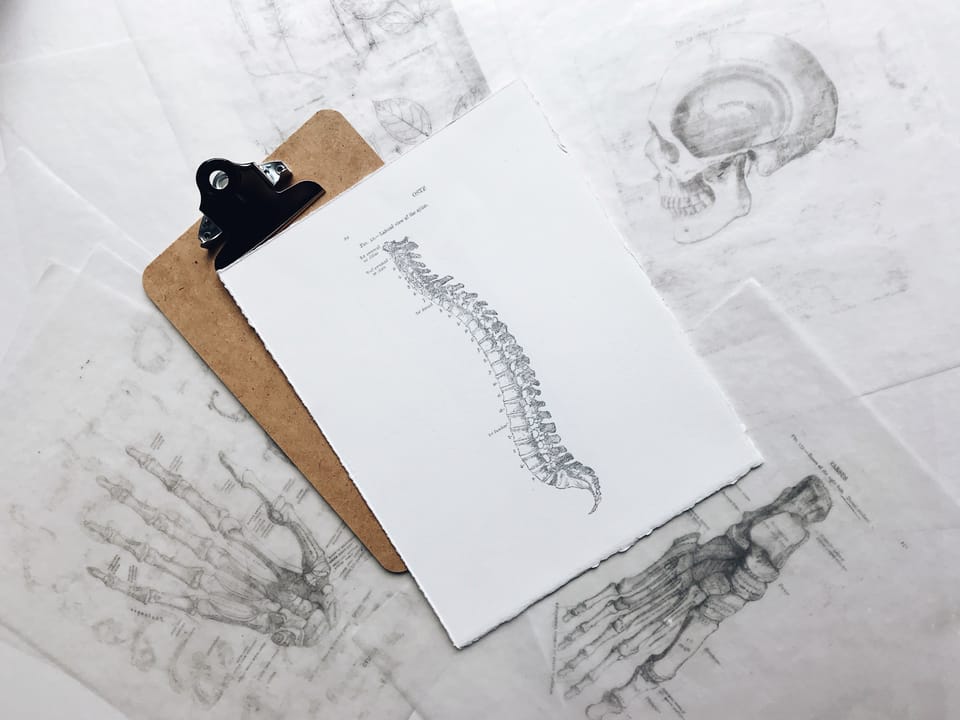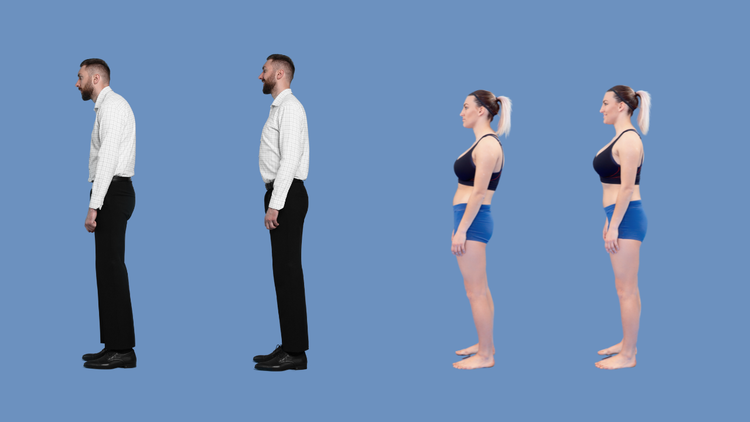What Is Osteopathy and What Are the Benefits?

A Guide to Osteopathy as Whole-Person, Hands-On Care
Are you curious about a more personalised and natural form of healthcare? Have you heard about Osteopathy but aren’t quite sure what it involves?
In this post, we explore what Osteopathy is, how it works, and the benefits it may offer. You’ll learn about the philosophy, what to expect during a consultation, common techniques used, and the types of conditions it may help support. Whether you're considering Osteopathy for the first time or simply want to deepen your understanding, this guide hopefully offers a clear and practical introduction
What Is Osteopathy?
Osteopathy is a form of manual therapy and healthcare that uses hands-on techniques to assess, diagnose, and treat a wide range of conditions—especially those related to the musculoskeletal (bones, ligaments, muscles, tendons), nervous (nerves, spinal cord, and brain), and visceral (organ) systems.
Founded in the late 1800s by Dr. Andrew Taylor Still, Osteopathy is grounded in the understanding that the body is an integrated whole, and that structure and function are closely linked. Dr. Still emphasised the body’s natural ability to heal itself when structural integrity and fluid movement are supported.
Osteopaths are trained extensively in anatomy, physiology, pathology, and clinical medicine. In practice, they use physical assessment and manual techniques to reduce tension, restore movement, and support the body’s natural healing mechanisms—without drugs or surgery.
However, Osteopaths are also trained to recognise when referral to another medical professional is necessary, such as for diagnostic imaging or specialist care.
Core Principles of Osteopathy
The philosophy of osteopathy is guided by five foundational principles:
- The Body Is a Unit
Every part of the body is interconnected. Physical, emotional, and environmental factors are all considered as part of the whole-person picture. - The Body Is Self-Healing
Osteopathic care supports the body’s natural ability to regulate, repair, and restore balance—rather than focusing solely on symptom management. - Structure and Function Are Interrelated
Optimal alignment and mobility support healthy physiological function across all systems of the body. - The Rule of the Artery Is Supreme
Good circulation is essential for healing. Techniques often aim to enhance blood flow and lymphatic drainage. - The Body Can Adapt and Self-Regulate
Osteopaths work with, rather than against, the body’s natural intelligence, promoting resilience and adaptability.
What Conditions Can Osteopathy Support?
Osteopathy may help reduce pain, improve function, and support healing in a wide range of presentations, including:
- Neck pain (acute or chronic)
- Low back pain and sciatica
- Arthritic pain
- Shoulder girdle pain and frozen shoulder
- Tension headaches and migraines
- Muscle spasms and generalised aches
- Sports injuries
- Tennis elbow
- Plantar fasciitis
- Carpal tunnel syndrome
- Whiplash
- Knee and hip pain (including osteoarthritis)
- Sinus-related and posture-related headaches
- Neuralgia and nerve-related symptoms
Osteopathy may also support people managing long-term conditions such as asthma, digestive disorders, and chronic pain syndromes.
What to Expect at Your First Osteopathy Session
Although every osteopath and clinic will have their own unique approach, an initial consultation typically includes:
- A thorough case history and health assessment
- Postural, movement, and orthopaedic testing
- Hands-on treatment tailored to your needs
- Advice on movement, habits, or referrals if needed.
How Do Osteopaths Treat?
Osteopaths use a range of manual techniques to release tension, improve mobility, regulate the nervous system, and encourage optimal function. These may include:
- Soft tissue massage
- Joint mobilisation
- Stretching techniques
- Joint manipulation (where appropriate)
Additional approaches may include:
- Movement rehabilitation / exercise prescription
- Acupuncture or dry needling
- Cupping therapy
- Kinesiology taping
- Instrument Assisted Soft Tissue Massage
- Shockwave Therapy
Many osteopaths also support lifestyle changes related to posture, sleep, stress, and nutrition to enhance treatment outcomes.
Key Benefits of Osteopathic Care
- Reduced pain and inflammation
- Improved joint mobility and alignment
- Decreased muscle tension
- Enhanced circulation and tissue repair
- Greater body awareness and resilience
- Support for long-term healing and prevention
Professional Regulation
Osteopathy is a recognised and regulated healthcare profession in many countries, requiring university-level education and continued professional development. In the UK, the title ‘Osteopath’ is legally protected by law.
All UK osteopaths are registered with the General Osteopathic Council (GOsC), insured, and DBS-checked. Osteopaths are primary healthcare professionals, meaning you can self-refer without needing a GP appointment. They also often work alongside GPs, physiotherapists, and other health providers.
To find a registered osteopath near you in the UK, visit the General Osteopathic Council's Register.
The Zenith Approach: Integrative + Individualised Care
At Zenith Osteopathy + Wellness, we apply the principles of Osteopathy through a broader, trauma-informed and holistic lens. We consider not just the body, but also the mind and lifestyle as part of the healing process.
1. Trauma-Informed
Many clients present with protective tension patterns shaped by chronic stress or past experiences. Our approach is attuned to the nervous system and focused on creating safety in the body. This allows for deep release, regulation, and repair.
2. Comprehensive Assessment
We go beyond symptom management to explore lifestyle, stress, posture, movement habits, and emotional well-being. Our tailored sessions may include:
- Manual Osteopathy techniques
- Breathwork and mindfulness
- Movement education
- Habit & lifestyle assessment
3. Sustainable Well-Being
Our goal is not just to relieve pain, but to empower long-term well-being. We help clients build self-awareness and create sustainable strategies for health between sessions and beyond.
Ready to Explore Care at Zenith?
Experience personalised, whole-person care tailored to your needs.
A 10-minute guided practice to relax the body and calm the mind
Author:
Lolitaire Healey is a Registered Osteopath and Health Coach dedicated to helping busy professionals and parents relieve pain, reduce stress and achieve sustainable well-being through personalised, integrative, trauma-informed care.




